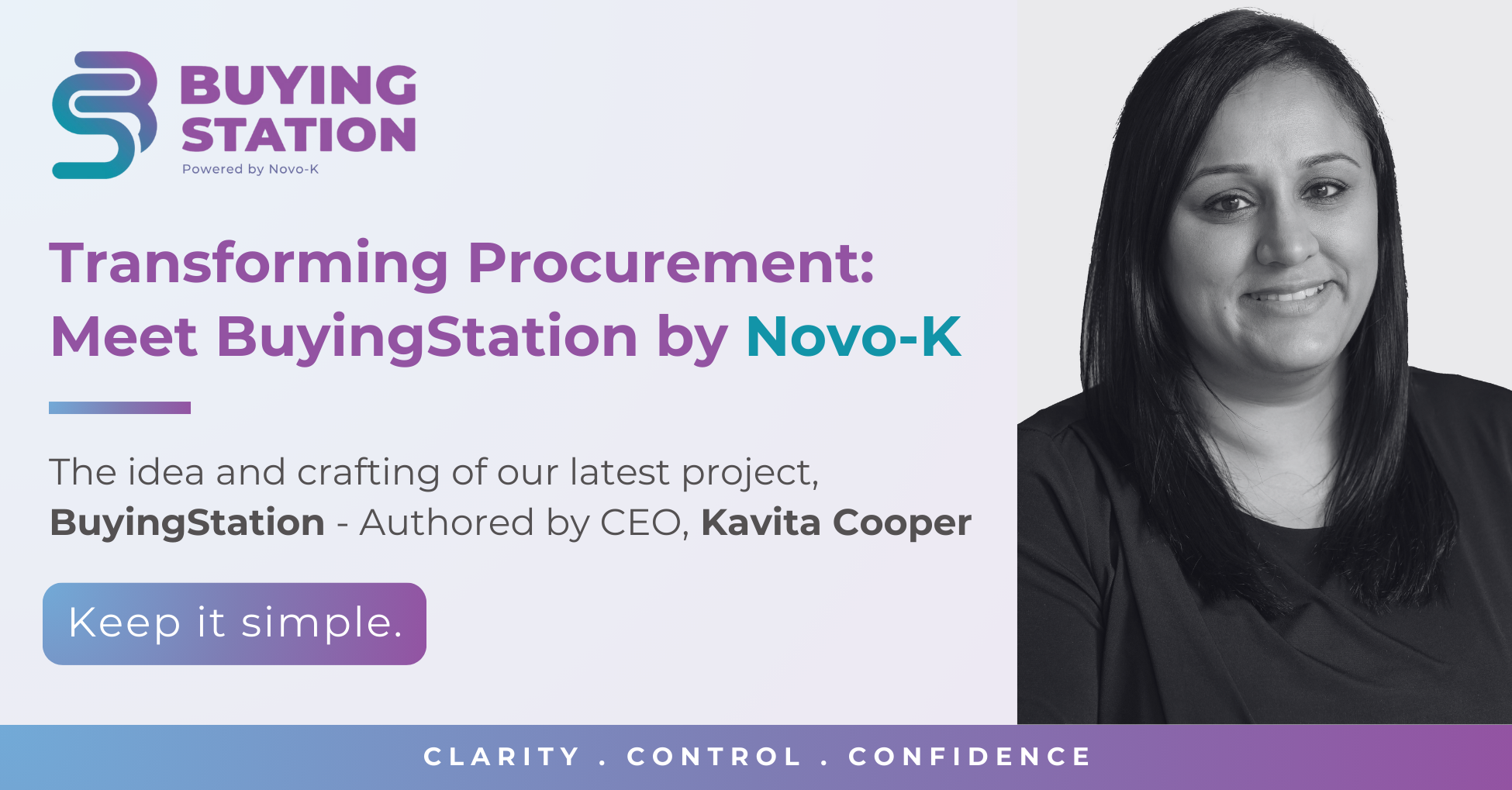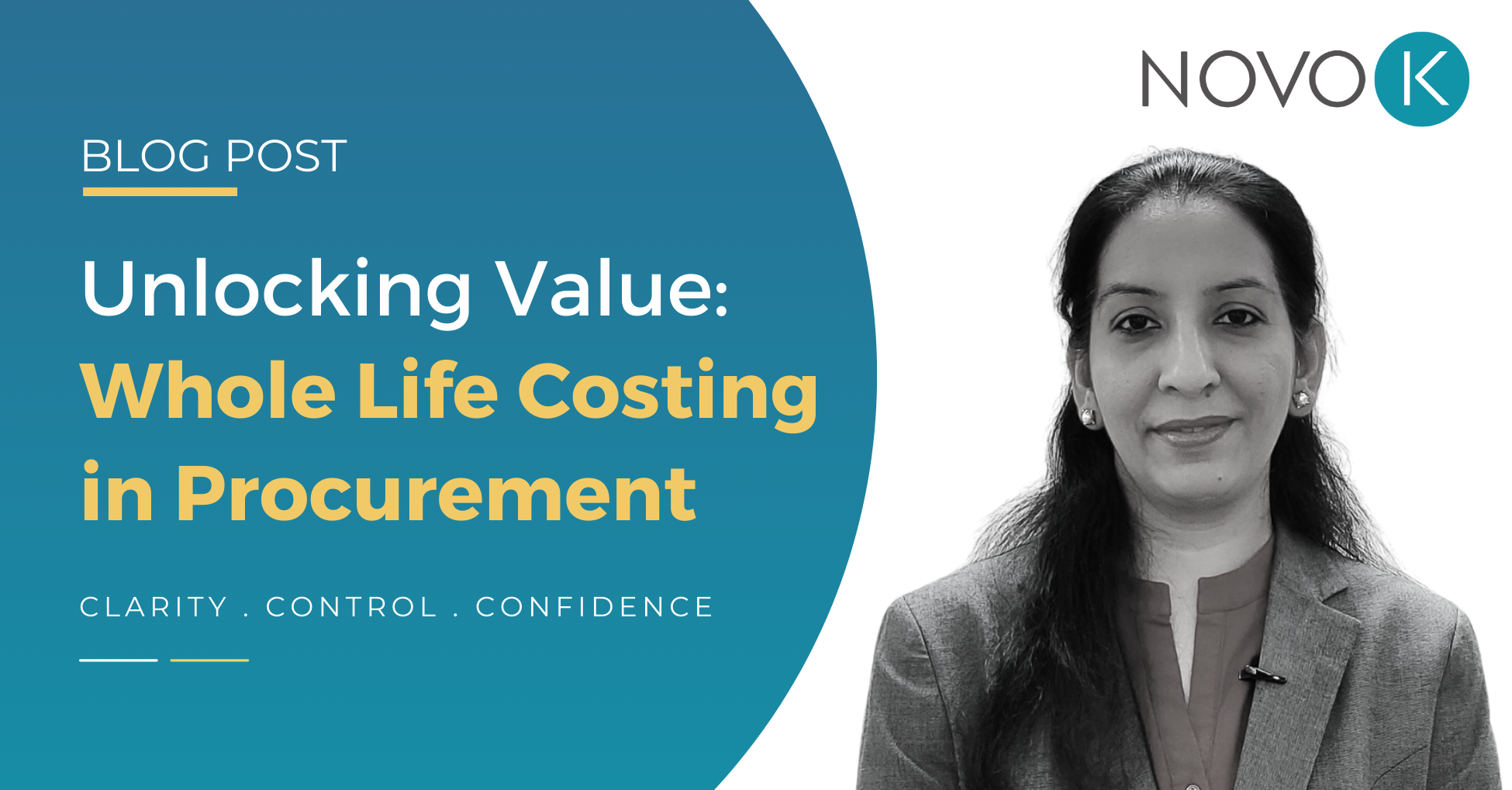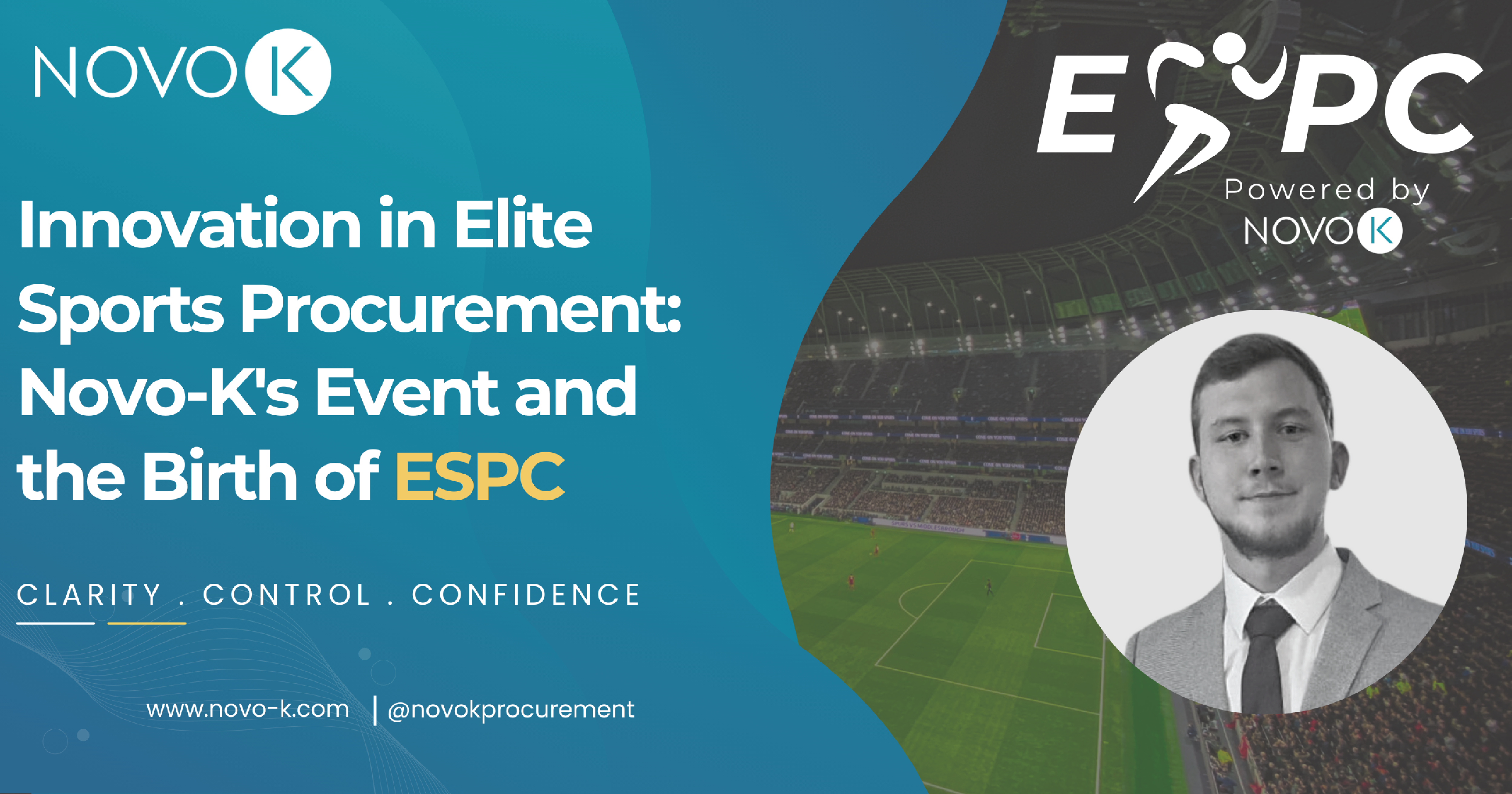
NovoK@Admin
How to get started on your Procurement Journey
Do you recognise your need to get more from your supply chain? You already have, you’re reading this! It is good practice for businesses to follow a procurement flow. If you’re wondering what procurement is or how it differs from purchasing, have a look at this https://www.novo-k.com/increase-profits-what-is-the-difference-between-purchasing-and-procurement/. In this article we are talking through some simple steps to get you started on your procurement journey.
The Procurement flow follows specific steps to identify the requirements of each purchase to fulfil the needs of the company in order to buy the product or service. This straightforward guide will take you through a simple process to set you on the road to maximise the value from your supply chain, reduce spend, strengthen supplier relationships and benefit from innovation.
Needs Analysis – Strategic Planning
First you need to know what are the goods or services your business is looking to buy in order for it to succeed and meet its objectives? Remember, the most cost-effective plan is to decide whether you really need it in the first place. You will need to determine the need and demand across the whole organisation for this product or service, ensuring stakeholders are included in the budget planning for the right outcome.
Stakeholder Requirements – Hierarchy of Needs
An extremely important stage of the procurement cycle is to capture the priorities of all stakeholders of your business, making sure that you consider what is important for all the different roles within the business. It’s easy to assume you know this and that you have thought of their point of view but make sure you get everyone together and have a discussion, taking note of any specifics or anything unique to your organisation. For example, your Finance Director’s priorities will be different to those of the Marketing Director. Make sure you consider different drivers involved in the buying process such as cost, quality, innovation, services, compliance and assurance of supply. This will allow you to build a specification of requirements to go to prospective clients with.
Find a Supplier – Sourcing Against Business Needs and Requirements
Research, research, research. It’s not just about best price, do your best to become an expert in the topic on which you are purchasing and arm yourself with questions pertaining to your specific needs and those of your stakeholders; there is no such thing as a stupid question. Wherever possible, question the suppliers’ own supply-chains to ensure they adhere to your own company’s values and policies. For example, is the supply chain positively supporting equal rights or EU working directive.
Depending on the size and complexity of the solution you may need or want to complete a tender process. This is something to cover separately, but as a rule of thumb, if its value is more than 5% of your turnover, you should complete a tender. You can get in touch with us for help with this.
Price and terms
The advantage of negotiating after a rigorous selection process is that you’ll understand the value to your business and be able to articulate the Return on Investment (RoI) based on the suppliers’ proposals. By now you’ll have already worked out that it’s not just about the least expensive, but about the greatest RoI, company values and strength of relationship – ask yourselves of each supplier: can you work with this company to drive greater value during the term of the contract?
Remember that the collaboration is the most successful form of negotiation. It helps you to create strong relationships built on trust and a desire from the supplier to go that extra mile on your behalf. With this in mind, keep the old adage of ‘win:win’ in mind. If you get the price you want with the terms you demand, does that mean the supplier is losing (or barely making) money on the product/service and at terms they struggle with. Could your demanding payment terms or unnecessarily strict service level agreements mean you impact their cash flow or ability to deliver the service with reduced resources?
Compromise on both sides generates trust and builds loyalty on the part of the supplier. Never forget that business is still people based and impacts lives. Be realistic and transparent about your negotiation goals without yielding on your fundamental principles for contracting with suppliers.
Document and Contract
Seek legal counsel advice to be sure you have a fair and reliable contract. If you start quoting terms of the contract at suppliers, it’s likely the relationship is already dead, so contracts are designed to protect both parties from significant risk of harm to cash flow or reputation. You should control the contract documentation during negotiation wherever possible to ensure the supplier can adhere to your values and expectations for service level agreements (SLA’s) and key performance indicators (KPI’s).
Delivery on Purchase Order
If you use Purchase Orders make sure these are set up to help your finance team and, where possible, make it easier for your supplier to understand – after all you want them to send you the correct specifications of your order, regardless of whether it’s furniture, software, utilities or IT.
Goods / Services
If everything has gone to plan, this should feel like the exciting bit, ordering the solution feels like the successful outcome of the negotiation.
Review and Invoice check
You’re not quite done yet; you must make sure that the product or service was received as expected – are the stakeholders happy? Is the invoice correct and have you confirmed with Finance? True procurement requires you to think about the life-cycle of the contract and relationship with the supplier, so thinking about the success of the process begins here. You should be organising regular periodic reviews with regular significant suppliers. E.g. IT Suppliers.
Ongoing Management
This is where Procurement really stands out as different from purchasing as you proactively manage your supply chain with regular reviews and a set of deliverables to which your own organisation can hold you accountable. Procurement is a continuous improvement cycle versus purchasing which is about linear transactions.
Being in tune with the Procurement flow allows you to prepare for challenges in the supply chain and resolve issues before they occur or be agile when the unpredictable happens. Effective procurement is important for developing a successful business that has great cash-flow and improved profits, but it is difficult to build a strategy without a clear plan.






